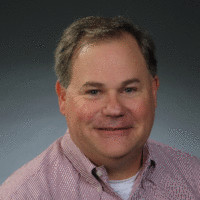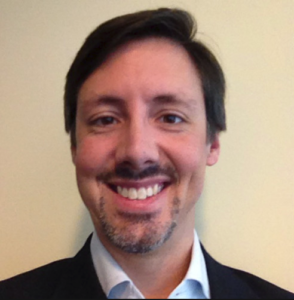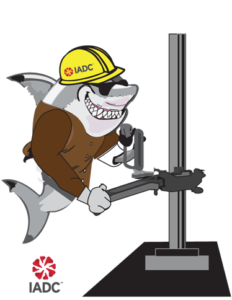IADC ART Spark Tank Meeting Minutes
Date: 12 December 2018
Time: 8:30 – 11:30 am
Venue: IADC
Location:
3657 Briarpark Drive, Suite 200
Houston, TX 77042
Download presentations from the 12 December IADC ART Spark Tank
The IADC Advanced Rig Technology (ART) Spark Tank was held on Thursday, 12 December, 2018, at IADC’s new headquarters at 3657 Briarpark Drive, Suite 200, Houston, TX 77042
The mission of the IADC ART Spark Tank is to provide opportunity to provide technology entrepreneurs an opportunity to pitch their products and ideas (“Sparks”) to a panel of drilling contractors and operators (“Sharks”). The purpose is to provide insights to technology developers into what matters to those they are innovating for. Only Sharks ask questions of the presenters.
IADC is grateful to its Sharks for sharing their time, talents, and expertise. Sharks for the 16 August Spark Tank were:
 |
 |
 |
 |
| Doug Zimpfer |
Rob Shank |
Terry Loftis |
Robin Macmillan |
-
Doug Zimpfer, Team Lead Process Safety Technology, Shell
-
Rob Shank, Sr. Director Global Drilling Operational Excellence, Parker Drilling
-
Terry Loftis, Managing Director, Loftis Offshore-Oilfield Consulting
-
Robin Macmillan, Sr. Vice President, NOV, ART Chair (moderator)
Proceedings
Speakers had 15 minutes to present, with 15 minutes allotted for Sharks’ Q&A.
OpsLock is focused on helping the front lines of the oilfield spend less time on repetitive paperwork while performing predictive analytics on workforce behavior, empowering management with insights into non-productive time, real-time monitoring, and notification of developing risk profiles. Opslock provides a platform to simplify and digitize the collection and management of data in a way that addresses the unique concerns of the oilfield. Beyond a administrative tool, OpsLock uses HSE paperwork as a data-collection tool to gather information on the workforce and their behavior, and then connect that information to the integrated incident and audit reporting tools. By tracking activity from the moment a job starts to any incidents or accidents, trends in workforce behavior can be identified. Those trends can then be predictively applied to ongoing activity.
The slip & cut process has changed minimally since rigs began using large-diameter steel drilling line. The process has always been cumbersome, hazardous and time-consuming, and exposes rig hands to significant safety dangers. Cable Shark has designed, developed and is building a revolutionary unit to remotely cut and assist in installing drilling line during the slip & cut process on a drilling rig. The unit is encased in a 1 ½-in. thick steel box with a door that opens to insert the drilling line. There are rollers, pistons, pumps and a hydraulic cutter to manage the remote control of cutting and management of the drilling line. The unit will mount directly on the drawworks or on a stand just above the drawworks opening. It is designed to accept the drilling line coming out of the drawworks and moves back and forth on an “I” beam to travel with the drilling line either coming off or going on the draw works spool. The unit is dual purpose in that it completely manages the cutting process safely and efficiently and assists in installing the new drilling line on to the drawworks drum.
10:15 Break
Offshore drilling is complex, risky and expensive. The technical, safety and environmental expectations have ratcheted up significantly in recent years. Drilling fluid is one of the primary safety barriers in drilling. DrillSafe Fluids Management has developed bulk mixing and material handling technology that can be installed on any drilling rig. The skid-mounted technology borrows from the bulk mixing and material handling industry that has developed systems for the paint, food and chemicals industries. The technology has been deployed since 2002 on drilling rigs in the Gulf of Mexico and Africa.
Using technology to push boundaries is not new to rig contractors. In fact, roll-out of super-spec rigs, automation and machine learning have set new well records. However, pathway to full digital transformation will require advanced physical assets as well as agile maintenance practices. Why now? Organizations with partial or soiled data struggle to drive cross-functional maintenance and reliability decisions; building new system is lengthy and and expensive process, and buying generic off-the-self system is compromising on functionality; industry specific ecosystems are digitizing business to business transactions, and reducing manual handovers and other back-end processes. For distributed teams focused on driving operational efficiencies, our product helps drive faster, smarter decisions to control resource leakage across assets and activities by identifying consumption patterns and providing recommendations based on collective front-line expertise and soiled data
11:30 Adjournment






